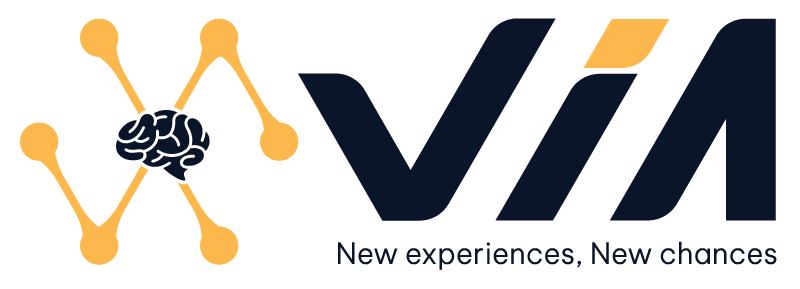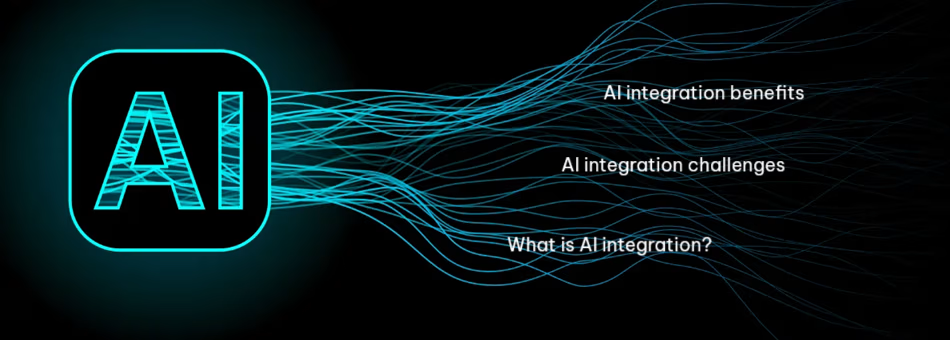Ushering in a New Era of Agent Interoperability

Google recently announced the A2A (Agent-to-Agent) protocol, a groundbreaking open standard designed to enable different AI agents to communicate, collaborate, and delegate work reliably across platforms and ecosystems. Just as HTTP transformed how applications exchange information on the web, A2A aims to become the shared language for agents, unlocking entirely new possibilities for distributed intelligent systems.
What Is the A2A Protocol?
A2A (Agent-to-Agent) is an open, decentralized protocol that establishes conventions for how AI agents discover each other, exchange structured data, and trigger actions on each other’s behalf. It is designed to work across a diverse landscape of agent platforms, from chatbots and virtual assistants to developer tools and custom AI workflows.
Google has started collaborating with key industry partners such as LangChain, OpenAI, Anthropic, and others to make A2A a truly open ecosystem.
At its core, A2A introduces:
-
Discovery mechanisms so agents can find and trust each other.

-
Schema-based data exchange for structured, interoperable communication.

-
Secure delegation and permissioning to ensure agents only perform authorized actions.

-
Common interfaces for invoking capabilities across systems.

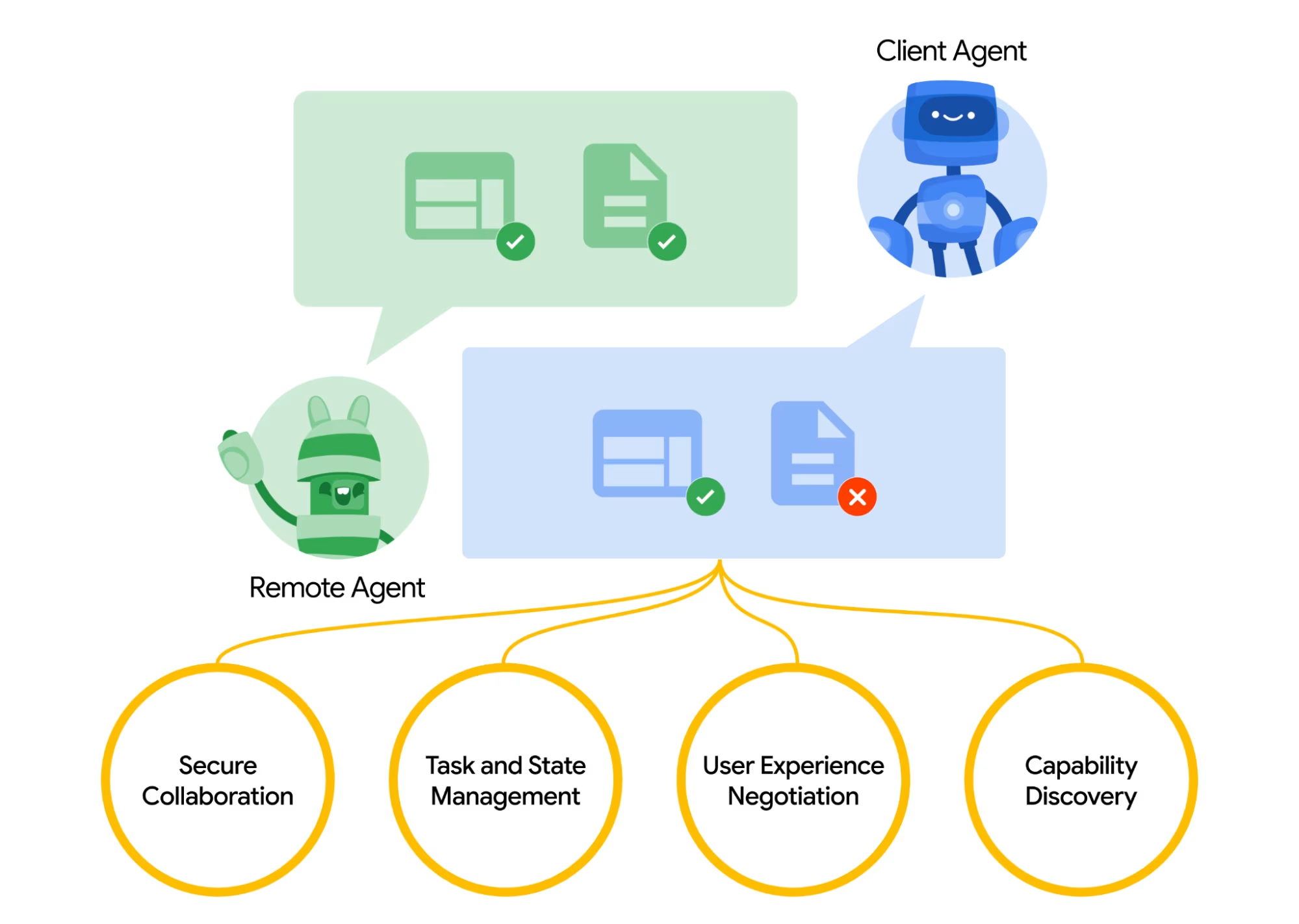
Why A2A Matters: Benefits of the Protocol
Here are some of the key advantages A2A offers:
-
Interoperability Across Platforms: Agents built on different frameworks and cloud environments can work together seamlessly.

-
Secure Collaboration: Built-in identity verification, authorization, and consent flows ensure agents only share or act with explicit permission.

-
Composable Workflows: Developers can orchestrate complex workflows spanning multiple specialized agents without building brittle, custom integrations.

-
User-Centric Experiences: End users can combine capabilities (e.g., a scheduling agent, a shopping assistant, and an analytics bot) in natural, conversational ways.

-
Open Innovation: An open protocol reduces vendor lock-in and encourages a thriving ecosystem of interoperable agents.

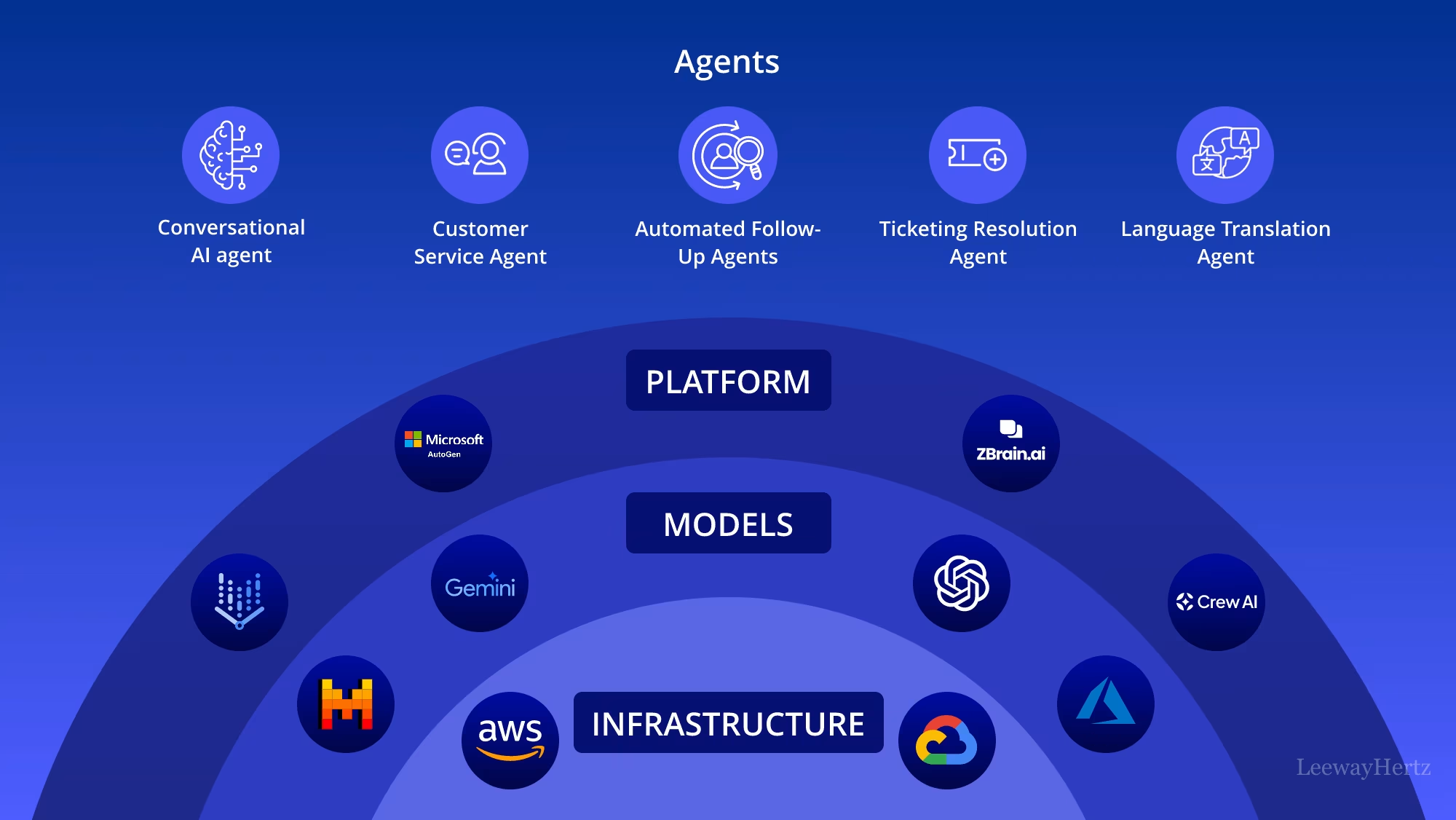
How to Apply A2A in a Real Project
Decide whether you’ll build your own agents or integrate existing ones that already support A2A. For example, you could create:
Step 1: Choose or Build Your Agent(s):
-
A product recommendation agent.

-
A scheduling agent.

-
A document summarization agent.

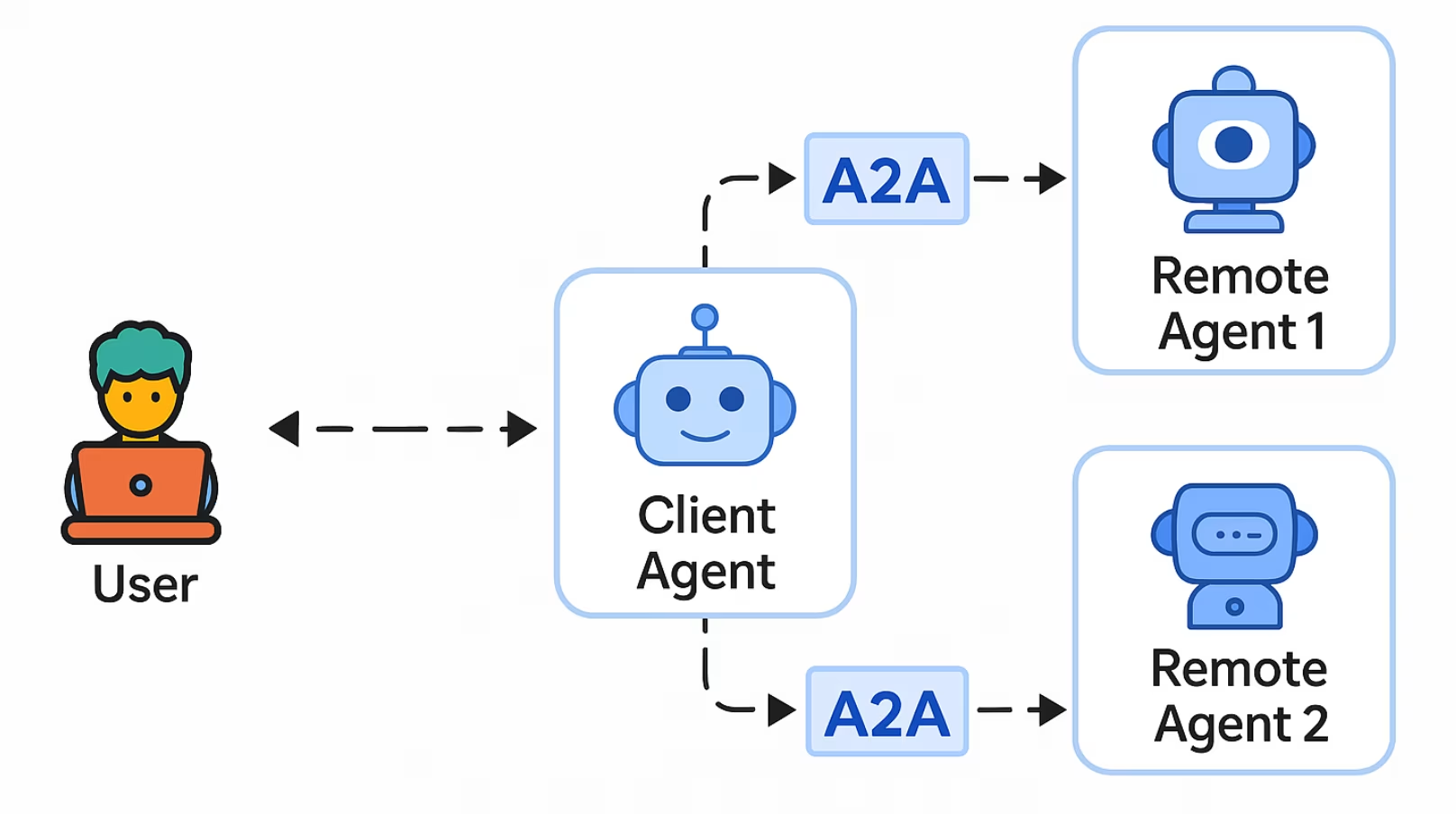
Use A2A libraries (or reference implementations) to:
Step 2: Implement A2A Interfaces:
-
Define your agent’s capabilities and schemas.

-
Register your agent for discovery.

-
Handle incoming requests and securely delegate tasks.

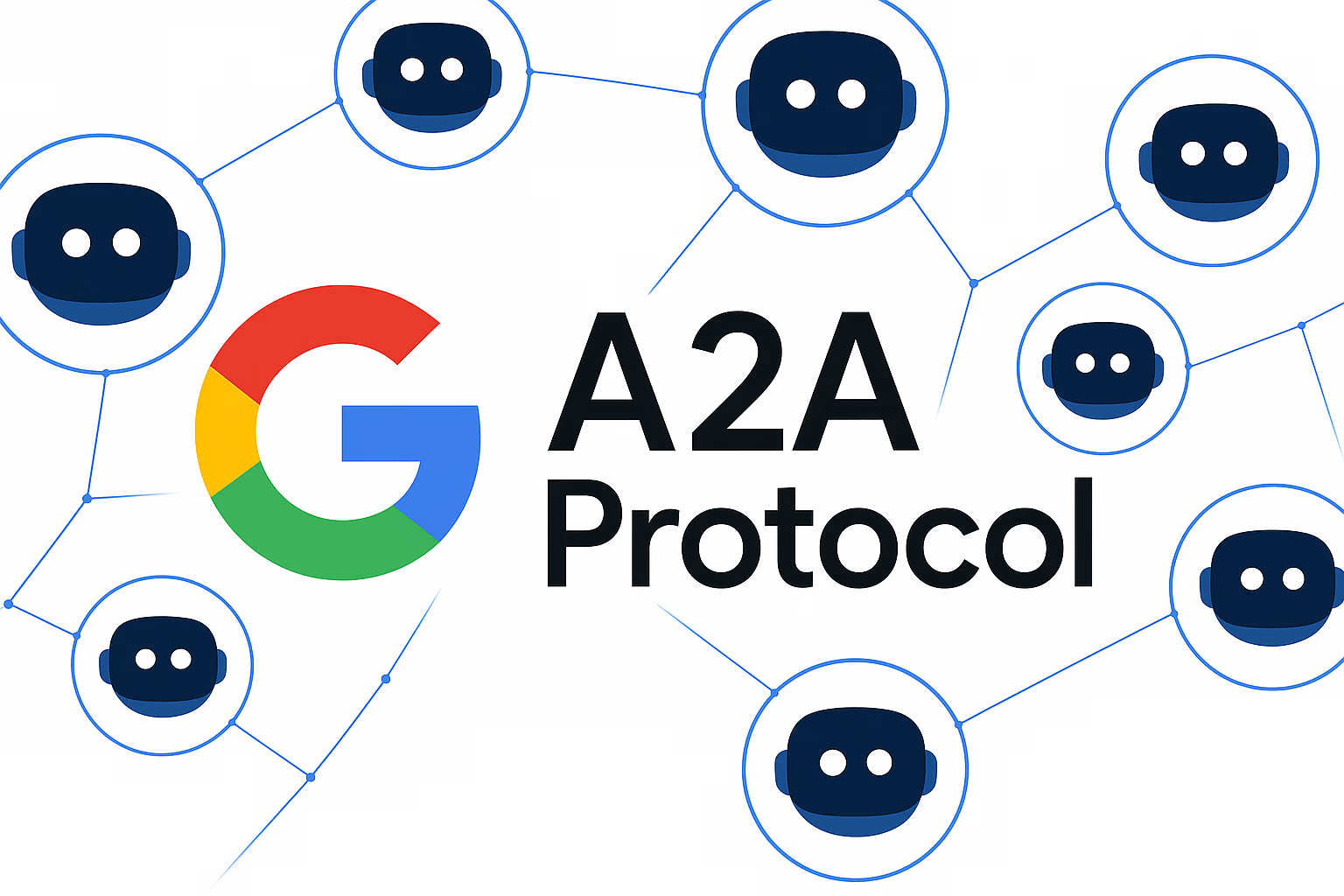
Step 3: Configure Permissions and Trust Policies:
-
Specify which other agents you trust to call your agent and under what conditions.

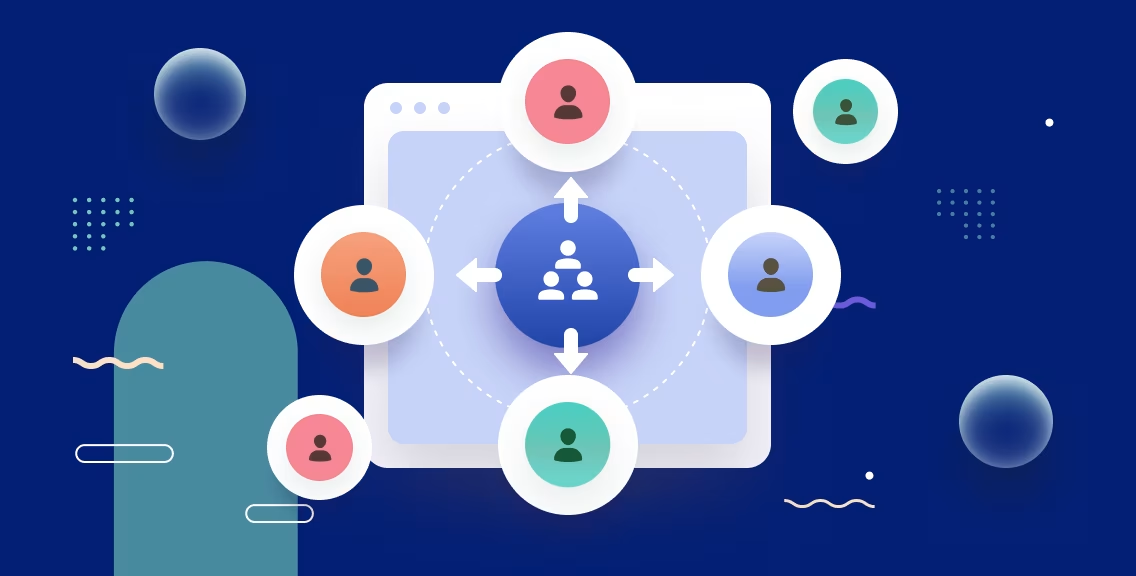
Step 4: Test Cross-Agent Workflows:
-
Validate scenarios where your agent exchanges data or delegates tasks to other agents in the ecosystem.

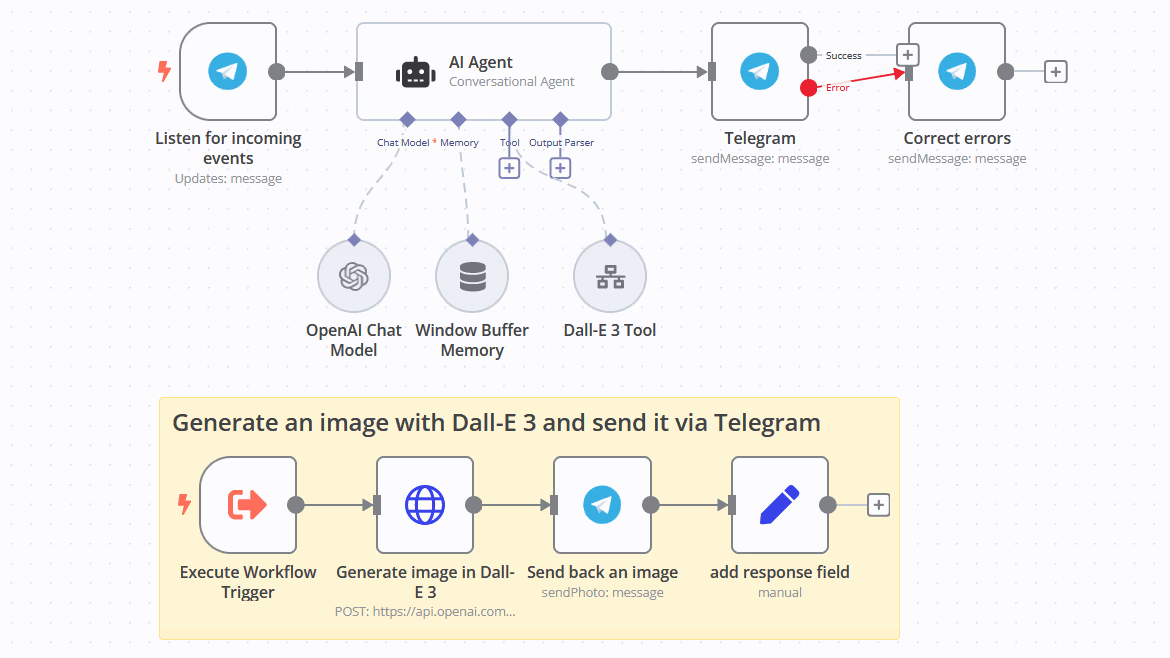
Step 5: Deploy and Monitor:
-
Launch your agent in production and monitor usage, performance, and security events.

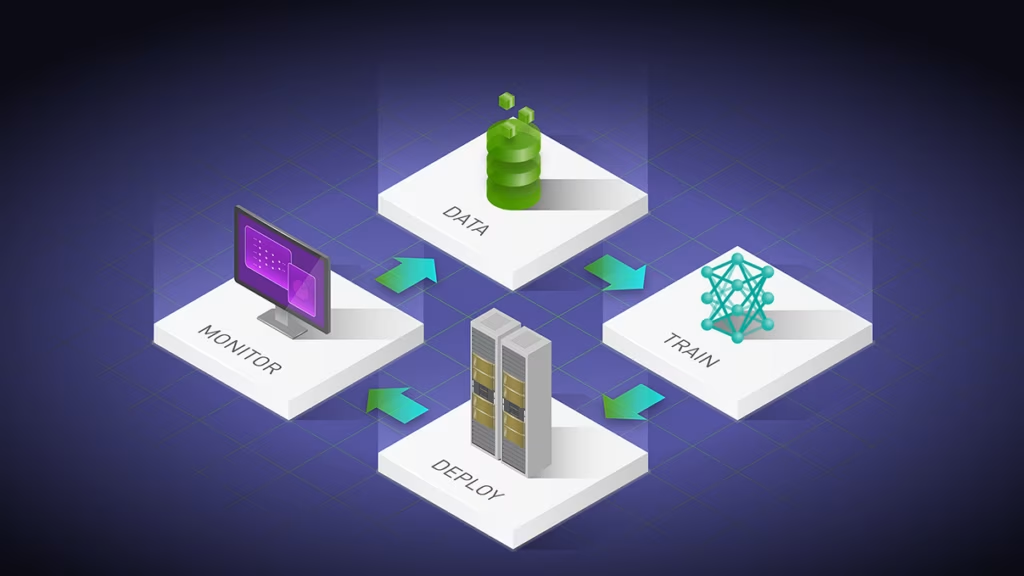
Example Use Case: Multi-Agent Workflow for Conference Planning
Imagine you’re building a conference planning solution that uses A2A to orchestrate tasks:
❓ Goal: Plan a company conference with venue booking, speaker scheduling, and promotion.
Agents Involved:
-
Venue Agent: Books venues based on capacity and dates.
-
Speaker Outreach Agent: Contacts and schedules speakers.
-
Marketing Agent: Prepares email campaigns and landing pages.
Workflow:
-
The user tells the Planning Agent:
“Schedule a conference for 200 people next month.” -
The Planning Agent:
-
Delegates venue search and booking to the Venue Agent (using A2A).
-
Sends speaker invitations via the Speaker Outreach Agent.
-
Notifies the Marketing Agent to prepare promotional materials.
-
-
All agents:
-
Exchange structured data (venue details, speaker bios, timelines).
-
Respect user permissions for data sharing.
-
Report progress to the Planning Agent.
-
-
The Planning Agent:
-
Provides the user with a single, cohesive update combining results from all other agents.
-
This seamless experience would have required complex, proprietary integrations before, but with A2A, it becomes an open, modular workflow.
Learn More
To explore A2A in depth: Official Google A2A Announcement
The protocol is still evolving, but early adopters can start experimenting today and help shape the future of interoperable AI.
